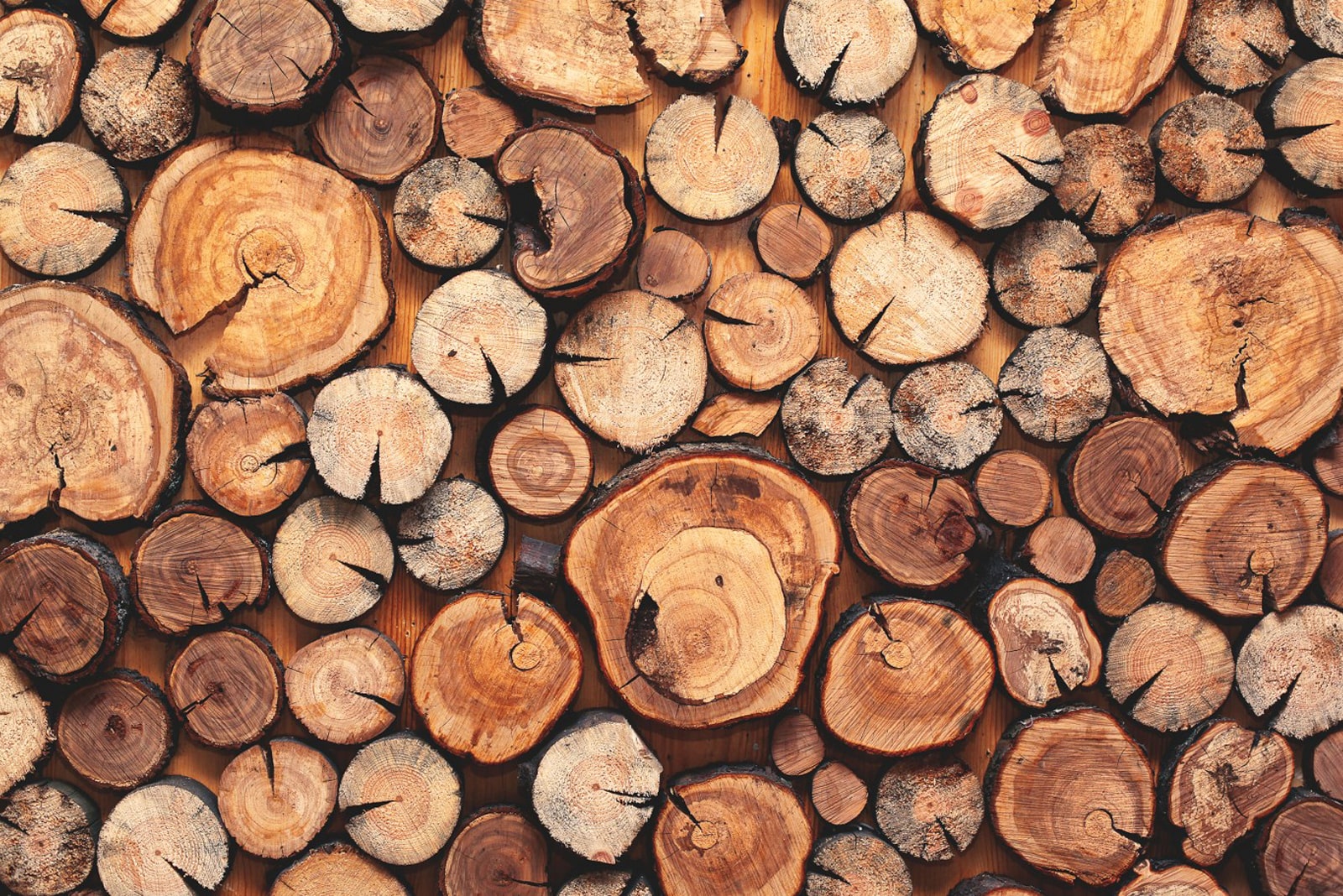Biofuel ecosystem
In recent years, biofuels from residues and wastes have gained greater attention in low-carbon fuel regulations. Such fuel have a substantial potential role in reducing Greenhouse Gas (GHG) emissions from the transport sector.
The share of biofuels used in Finland’s road traffic will be gradually increased to 30% by the year 2029, according to new legislation passed by the Finnish parliament on 6 February 2019. Finland has also set a world-leading advanced biofuel target of 10%. A share of all light fuel oil that is intended for heating, construction machines and fitted motors, will be replaced by bio-based fuel oil starting from 2021. By 2028, there will be a distribution obligation of 10% for bio-based fuel oil. This is considered viable since Finland is able to increase the domestic biofuels production with new technologies so to benefit from the so called double credit mechanism. This means that biofuels made out of lignocellulosic, non-food cellulosic, waste and residue materials will count double towards the goal.
Unlike in other European countries, strict forest protection is emphasized in Finland. Under various protection programmes and decisions, the area of protected forests has been tripled over the past 35 years. The total area of protected forests and forests under restricted use is almost 3 million hectares, or 13.0% of all forest land. The percentage of strictly protected forests in Finland (5.2% of forest land) is the highest in Europe. Kainuu is a very sparsely populated region with an area of 24,453 km² and population of 80,100. It has extensive forest energy resources. The forested area is more than two million hectares, near to 20 hectares of forest for every citizen. The sustainable cutting plan in the Kainuu region is 4.7 million m³/a. Only one million m³ is processed in the region and half of the whole potential remains unused. Refining high quality fuels from local energy resources offers great potential for the development of the region.
Continuous development of biofuels ecosystem
St1 produces advanced ethanol for traffic use and other renewable products Kajaani Cellunolix® demonstration biorefinery from sawdust. The plant is located at the paper mill site in Renforsin Ranta, Kajaani in Northern Finland. The production capacity of the plant is 10 million liters of advanced ethanol in a year. Production was started in the beginning of 2017. All produced ethanol is used as renewable traffic biofuel component. Kajaani Cellunolix® plant is the first in the world utilizing saw mill residues of softwood in ethanol production in commercial scale. Feedstock is sourced from saw mills located around the Kajaani plant. Lignin, wood vinasse, wood turpentine, furfural, carbon dioxide and biogas are produced in the Cellunolix® biorefinery .
Kainuu has significant opportunities in the bioeconomy field, and the ST1 venture is a good example. We have every prerequisite to be a forerunner in the global bioeconomy, with our natural resources, traditions of using them sustainably and our high level of know-how. Not to mention, forest resources, water, energy and biomass are available at affordable costs compared to global market pricing. The process of making bioethanol has several by-products, many of which can be utilized as a raw-material in after products. The regional development strategy has defined this as a key growth sector and due this end development resources are ring fenced to provide support actions in the creation of the ecosystem.
Given that Kainuu region is exceptional in having a surplus supply of Nordic fibre wood, whilst also offering an industry friendly location in the municipality of Paltamo, KaiCell Fibers Ltd was formed in 2016 by private investors and the regional council of Kainuu (Kainuun liitto) with the objective of building and operating a state-of-the-art pulp (NBSK) and bioproducts mill. The Paltamo mill represents a rare opportunity to harness Finland’s forest resources in an innovative and highly profitable way. The wood required for an annual production of 600 000 ADMT can sourced fully from the immediate region. Multiple spin-off and ecosystem generated opportunities exist surrounding this exciting project.



